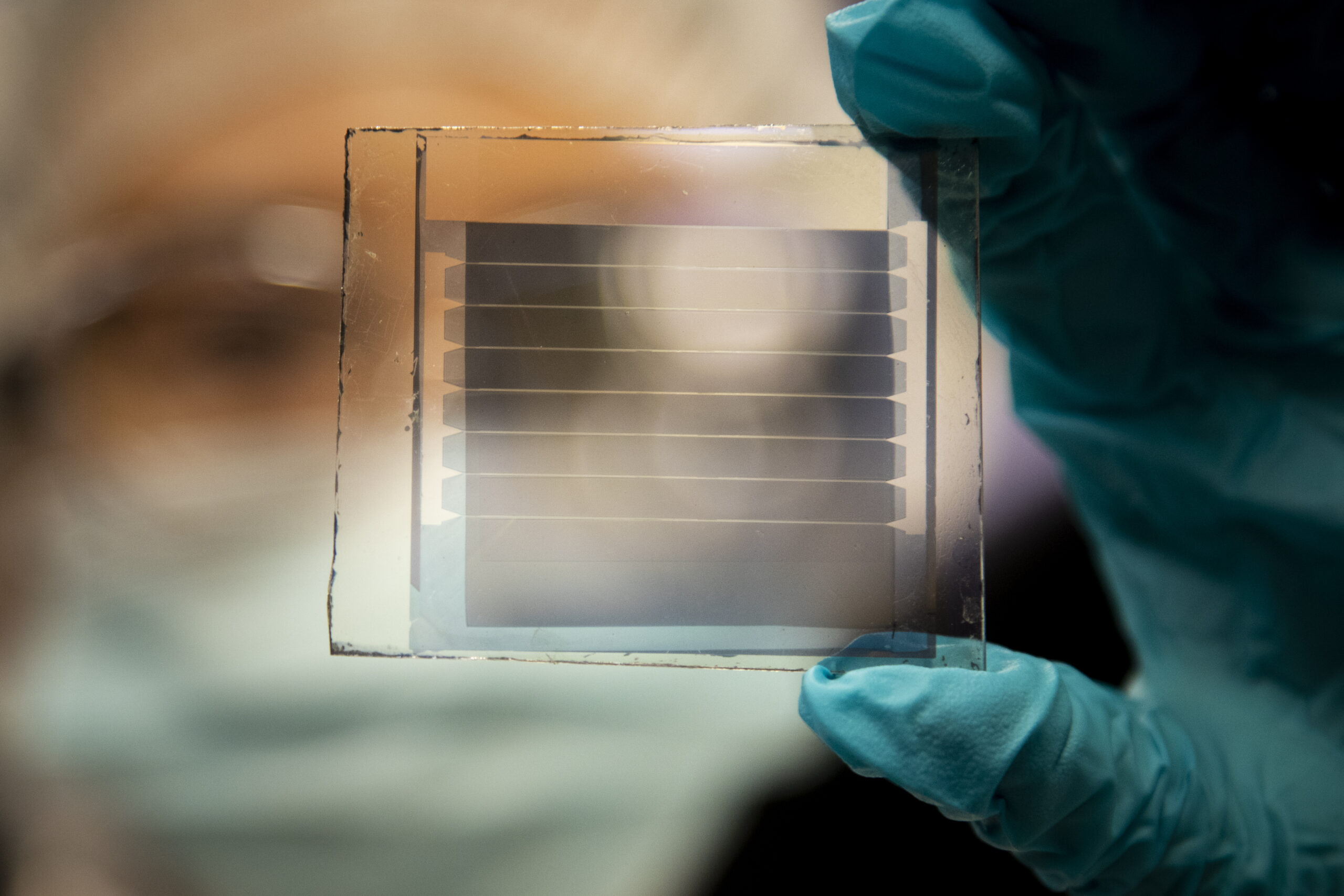Solar cells with 30-year lifetimes for power-generating windows
4. 10. 2021 | University of Michigan | www.umich.edu
A new transparency-friendly solar cell design could marry high efficiencies with 30-year estimated lifetimes, research led by the University of Michigan has shown. It may pave the way for windows that also provide solar power.
While silicon remains king for solar panel efficiency, it isn’t transparent. For window-friendly solar panels, researchers have been exploring organic—or carbon-based—materials. The challenge for Forrest’s team was how to prevent very efficient organic light-converting materials from degrading quickly during use.

The strength and the weakness of these materials lie in the molecules that transfer the photogenerated electrons to the electrodes, the entrance points to the circuit that either uses or stores the solar power. These materials are known generally as “non-fullerene acceptors” to set them apart from the more robust but less efficient “fullerene acceptors” made of nanoscale carbon mesh. Solar cells made with non-fullerene acceptors that incorporate sulfur can achieve silicon-rivaling efficiencies of 18%, but they do not last as long.
Read more at University of Michigan
Image Credit: University of Michigan
-jk-




